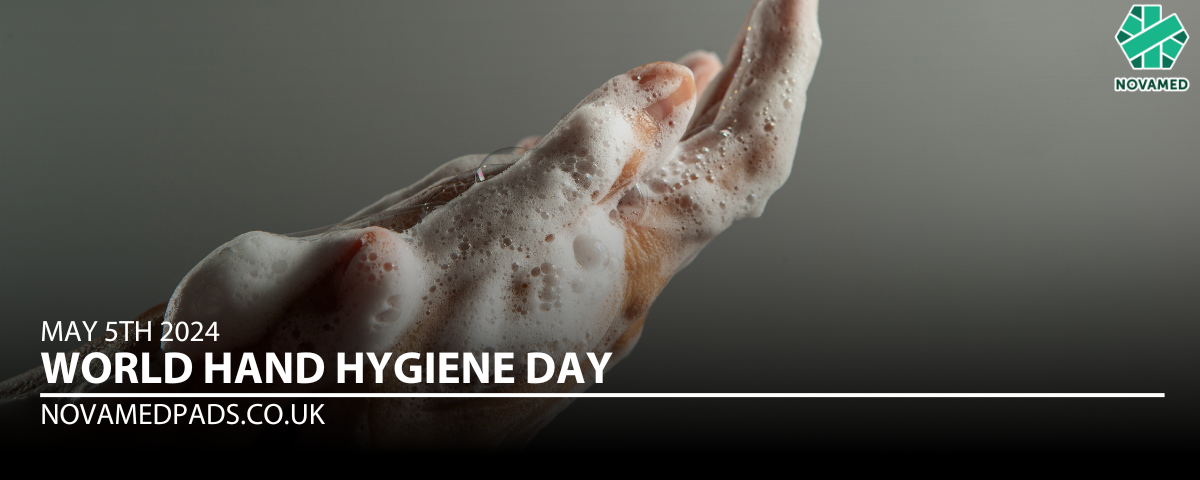
How to deal with incontinence when swimming
Swimming is a wonderful form of exercise and relaxation that can be enjoyed by people of all ages. However, for individuals living with incontinence, the thought of getting into a pool might be daunting. Incontinence is a common issue, affecting about 1 in 3 adults. It's essential to understand that incontinence should not prevent anyone from enjoying the benefits of swimming. This blog post aims to provide helpful tips and information to make swimming a comfortable and enjoyable experience for those dealing with incontinence
One of the most significant concerns for individuals with incontinence is the potential embarrassment caused by accidents in the pool. Swim diapers and incontinence products specifically designed for water activities can help alleviate this concern. These products are made from materials that do not absorb water, preventing them from becoming heavy and uncomfortable when wet. Swim diapers and incontinence products provide a barrier that helps contain urine or faeces, ensuring a more hygienic environment for everyone in the pool.
Tips for a Successful Swim
- Wear the Right Swimwear: Invest in swim diapers or incontinence swimwear designed for adults. These products are discreet and can provide the necessary protection while swimming.
- Plan Ahead: Before heading to the pool, empty your bladder and bowels as much as possible. This can help reduce the chance of an accident while swimming.
- Stay Hydrated: Drink plenty of water before and after swimming. Proper hydration helps maintain good bladder and bowel function.
- Change Quickly: After swimming, change out of wet swimwear as soon as possible to avoid skin irritation or infection.
- Practice Kegel Exercises: Strengthening the pelvic floor muscles can help improve bladder and bowel control. Consult with a healthcare professional for guidance on how to perform these exercises correctly.
- Choose Your Swim Location Wisely: If possible, opt for pools with easy access to restrooms or private changing areas to ensure comfort and convenience.
Incontinence should not be a barrier to enjoying the many benefits of swimming. With the right products, preparation, and a positive mindset, individuals with incontinence can confidently participate in water activities. Remember, everyone has different needs and experiences, so it's essential to find the right combination of products and strategies that work best for you. With these tips in mind, you can confidently dive into the pool and enjoy the freedom and fun that swimming has to offer.



